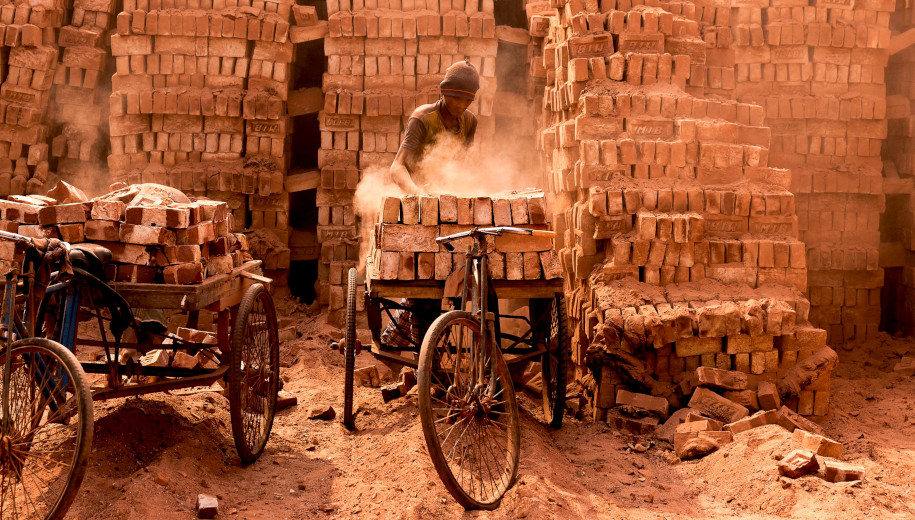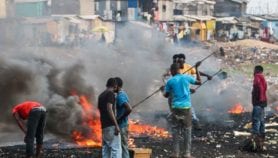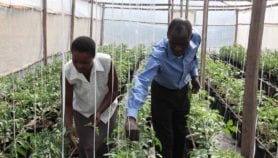05/05/21
与AI的针对孟加拉国的民意调查砖窑

Send to a friend
The details you provide on this page will not be used to send unsolicited email, and will not be sold to a 3rd party. See privacy policy.
[新德里]一种低成本的机器学习方法有可能追踪孟加拉国的极大污染砖窑,帮助监管机构监视环境合规性,新beplay足球体育的微博研究shows.
Researchers fromStanford University,,,,US, and the孟加拉国国际腹泻病研究中心,,,,say the combination of artificial intelligence and satellite imagery offers an inexpensive and scalable method for monitoring informal industries in other developing countries.
There are thousands of brick kilns in Bangladesh although the exact number is unknown as the industry is dominated by small-scale, informal producers. The researchers estimate that almost everyone in the country lives within 10 kilometres of a brick kiln, and over 18 million live within one kilometre of a kiln. Most kilns use traditional, coal-burningtechnology,,,,a major contributor to air污染。
“Artificial intelligence combined with satellite imagery would definitely be an advanced approach to monitor such kilns and can be [of] great value.”
Saroj Kumar Sahu,印度布巴内斯瓦尔的Utkal University助理教授
Brick kilns are responsible for 17 per cent of the South Asian country’s annual carbon dioxide emissions and, in the capital Dhaka, up to half of the fine particulate matter considered harmful to human lungs, according to the study, published in Proceedings of the National Academy of Sciences (PNAS).
The government of Bangladesh has launched a study to manually map and verify the locations of brick kilns across the country, but the task is time- and labour-intensive, researchers note.
“Our approach could really reduce the time and effort needed to regulate the brick industry,” says Nina Brooks, one of the authors of the study, and a postdoctoral associate at the Institute for Social Research and Data Innovation,明尼苏达大学,,,,US.
Previous studies have looked at the potential of satellite observations and machine learning forbeplay足球体育的微博环境的regulation, but concentrated mostly on wealthy nations where the location of firms is readily observed.
研究人员指出,在发展中国家,大量污染源于“非正式行业”,包括小型矿山,砖窑和制革厂。他们指出,问题加剧了,因为“这些公司的位置和活动很难观察”,并且“监管执法的资源通常受到限制”。
In Bangladesh, according to the researchers, there are “widespread violations” on environmental regulations controlling “brick manufacturing”, which has “implications for thehealthand well-being of the country”.
研究人员根据以前在环境监测中使用的深度学习应用以及先前提倡深度学习以识别砖窑的努力开发了一种算法。beplay足球体育的微博该算法可以追踪图像是否包含窑炉并将窑炉定位在图像中。
“The method rebuilds kilns that have been fragmented across multiple images—an inherent problem with satellite imagery—and is able to identify when multiple kilns are contained within a single image,” explained arelease斯坦福大学。
视频来源:斯坦福·伍兹环境学院。beplay足球体育的微博
“该方法表明,孟加拉国超过四分之三的窑炉是在一所学校1公里(0.6英里)之内非法建造的,而将近10%的窑炉在非法的医疗机构附近。这也表明,政府在法规方面有系统地报告窑炉。”
根据布鲁克斯的说法,从这项工作中可以清楚地清楚的一件事是,当前的监管方法并不能保护人口免受砖制造的有害副产品的侵害。
“At the same time, trying to push kilns farther and farther away from humans is not feasible and demand for bricks is showing no signs of slowing down,” she notes. “Brick manufacturing must be cleaned up—and this is another area where our group is actively engaged in research in Bangladesh.”
Saroj Kumar Sahu,助理教授乌特卡尔大学in Bhubaneswar, India, and former visiting scientist at the国家环境研究所beplay足球体育的微博in Japan tellsscidev.net在许多低收入亚洲国家中,基于技术的无组织砖窑行业是一个真正的问题,他们获得了更好的技术或替代品,例如水泥基砖生产。
他补充说:“人工智能与卫星图像相结合绝对是监视这种窑炉的高级方法,并且具有很大的价值。”“我觉得[研究]具有进一步研究的巨大潜力。”

















